Village in Village - Valendas, Swiss Bachelor
Bachelorproject contains an artstudio in coexistence with living.

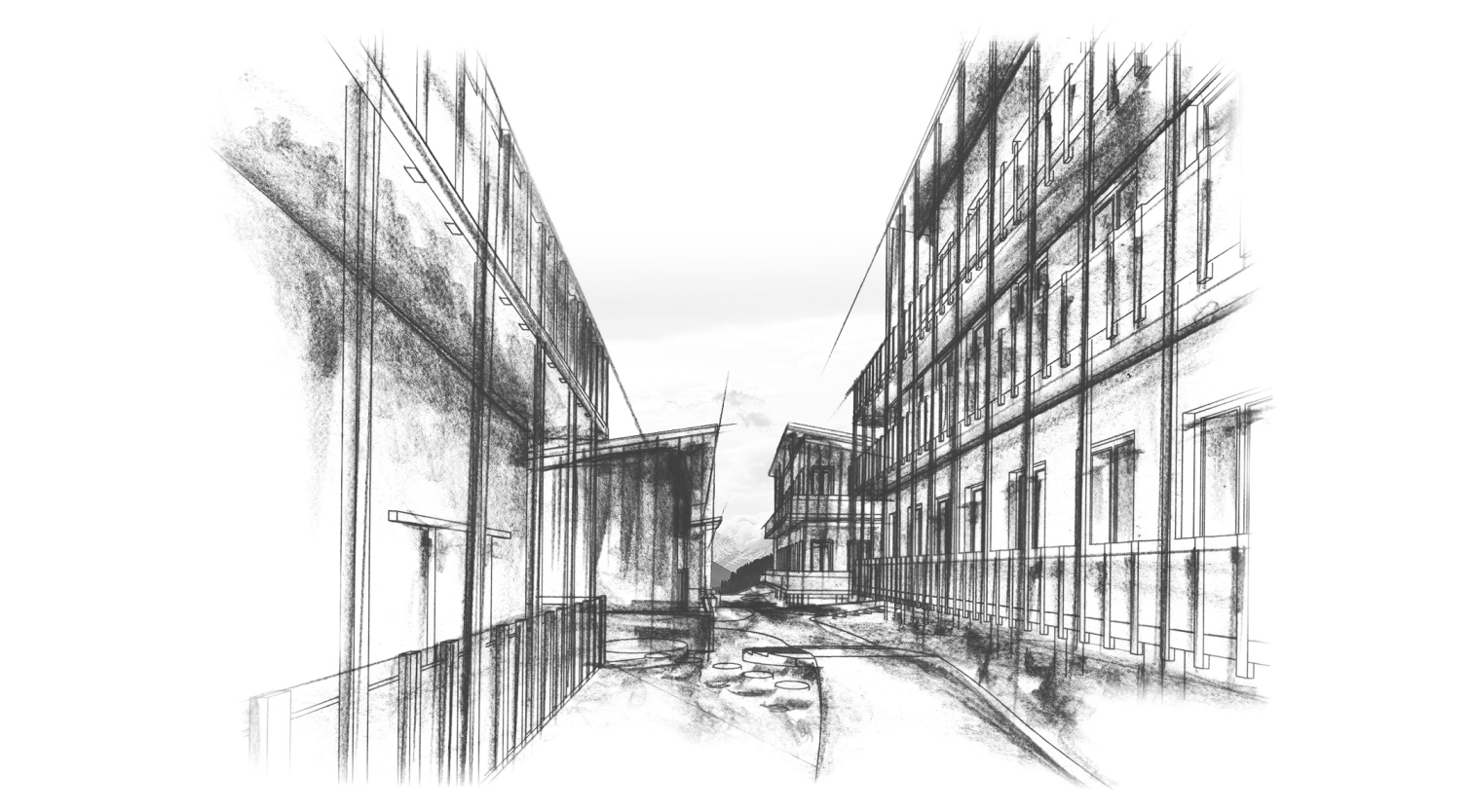
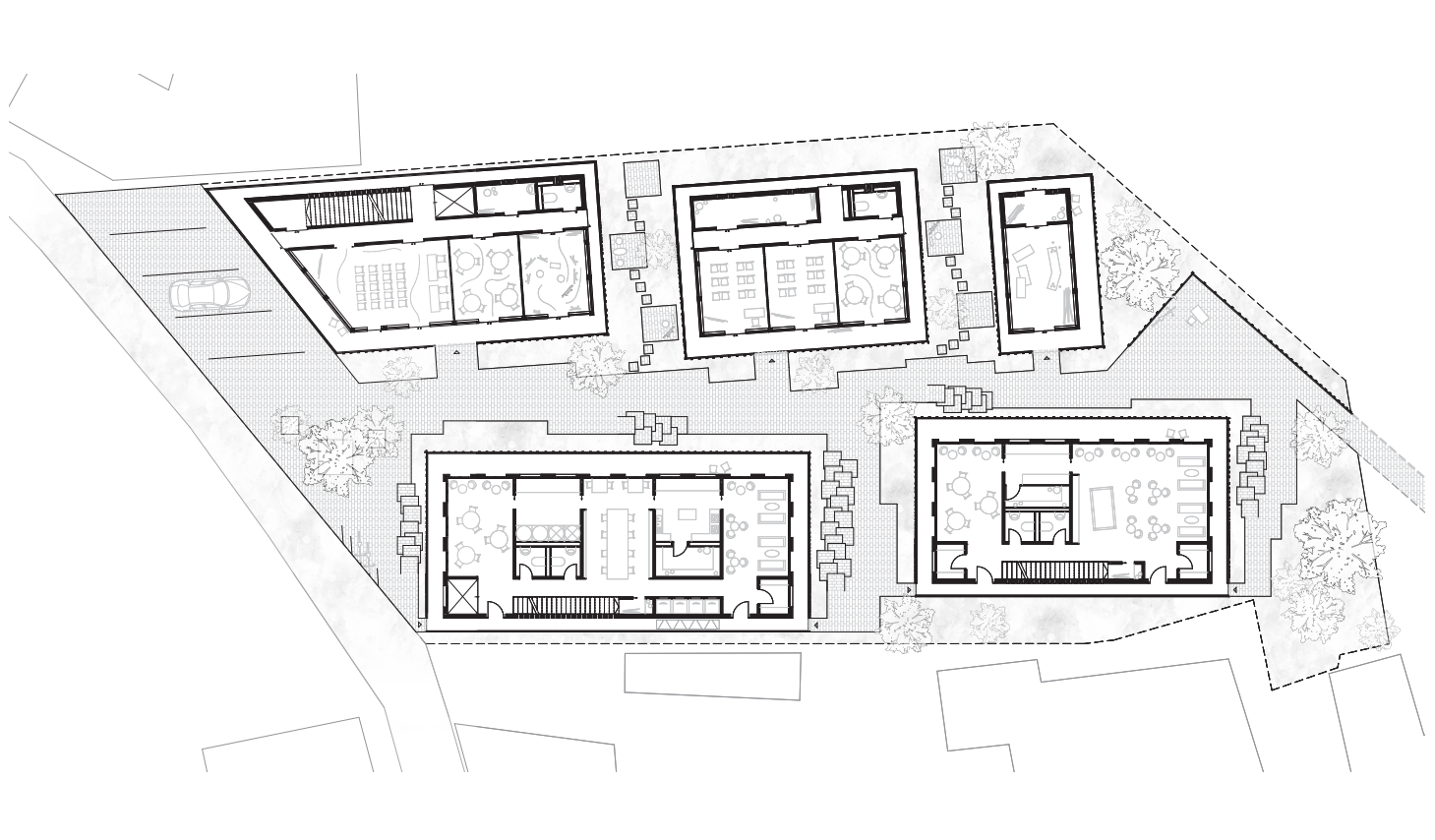

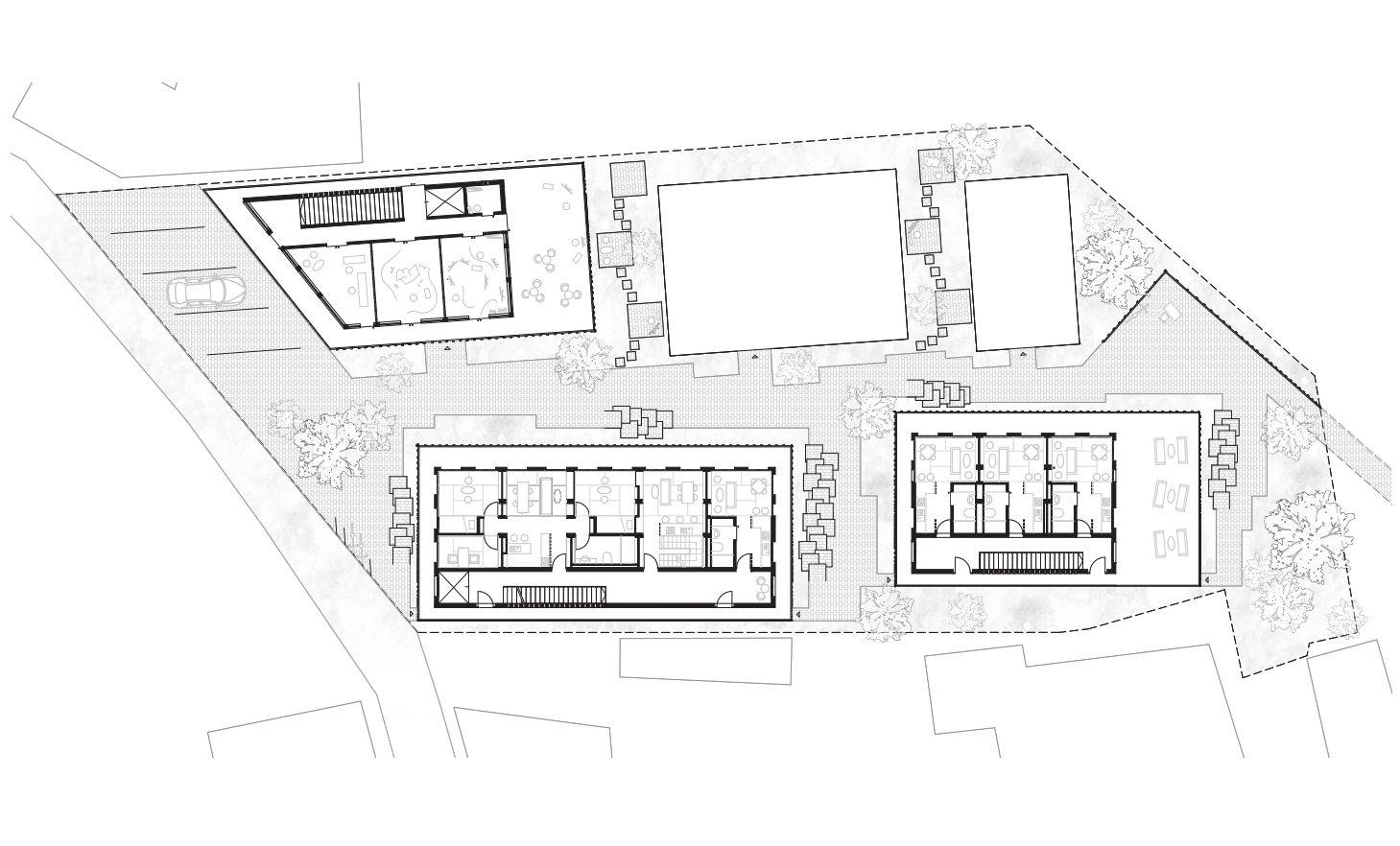
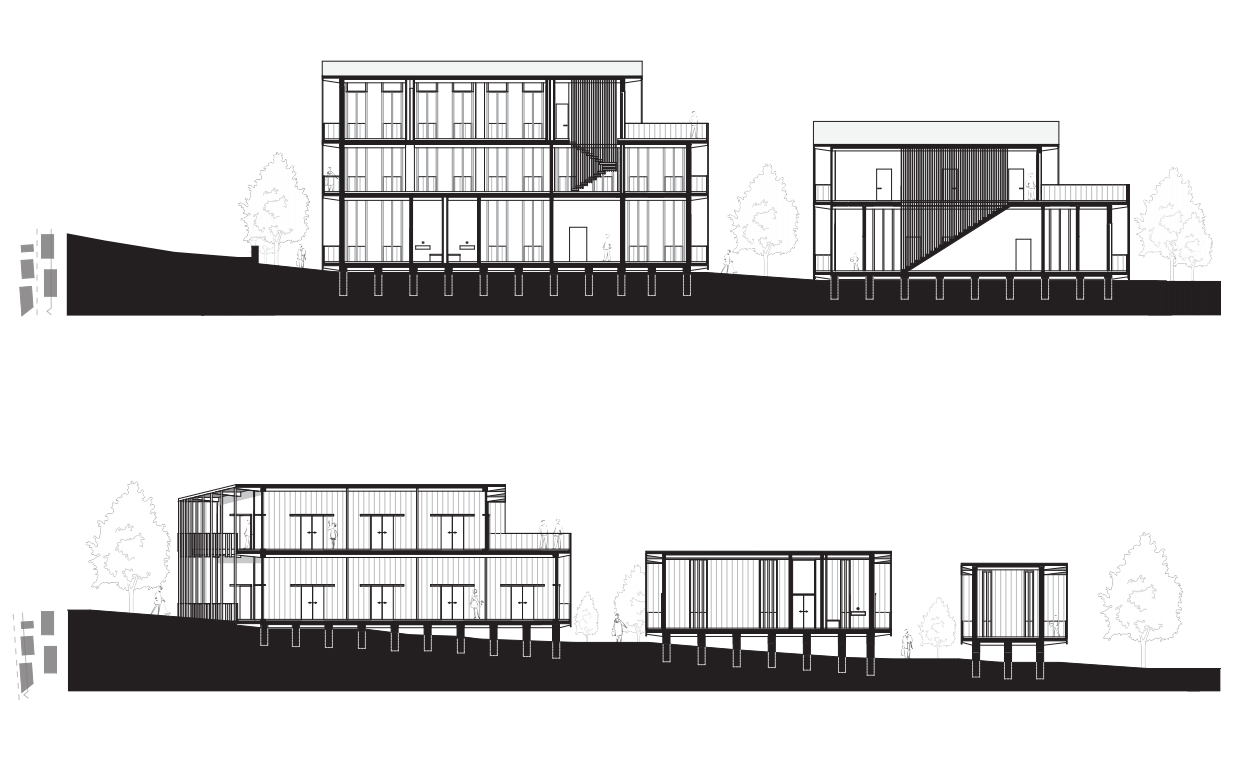
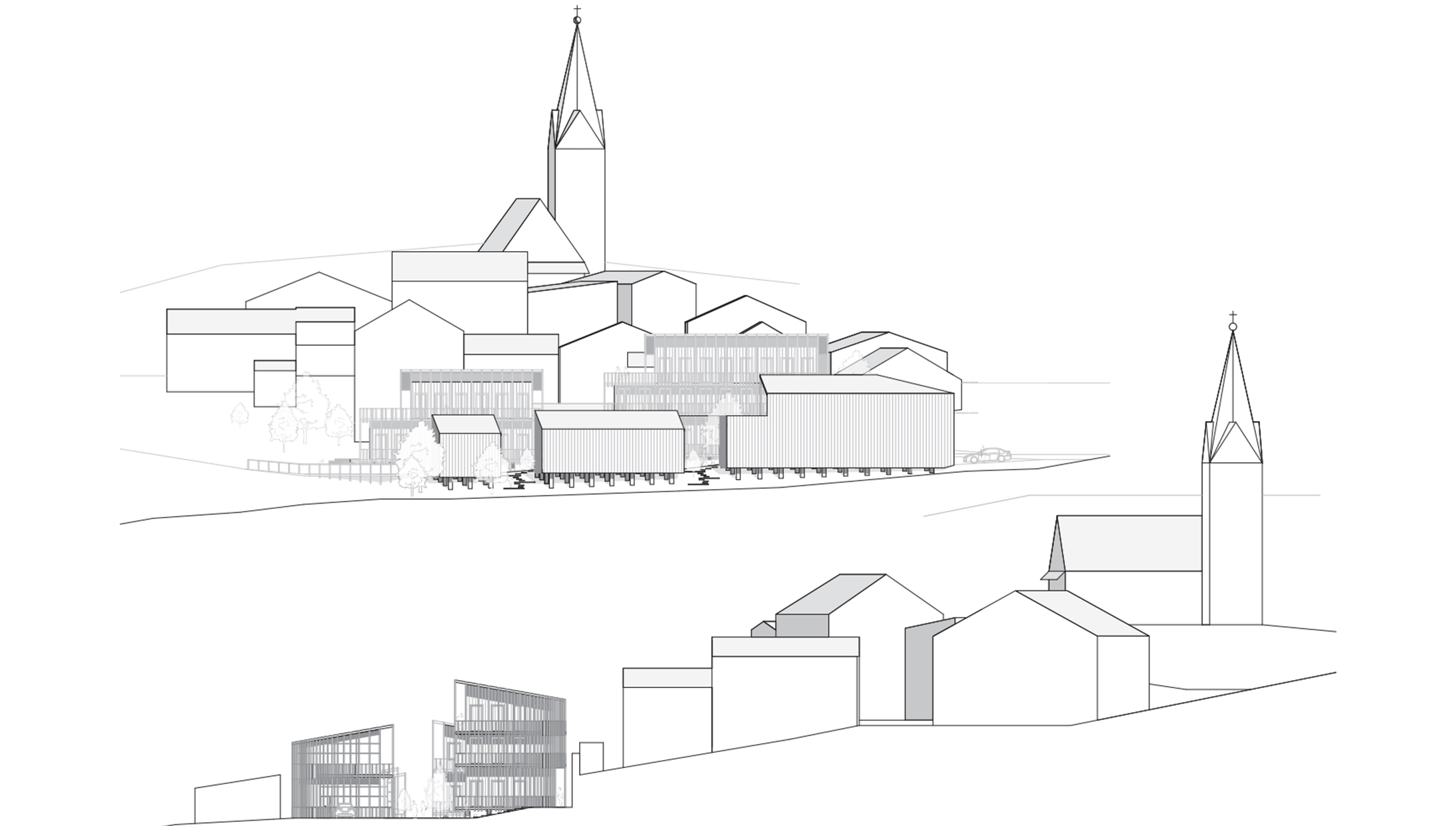
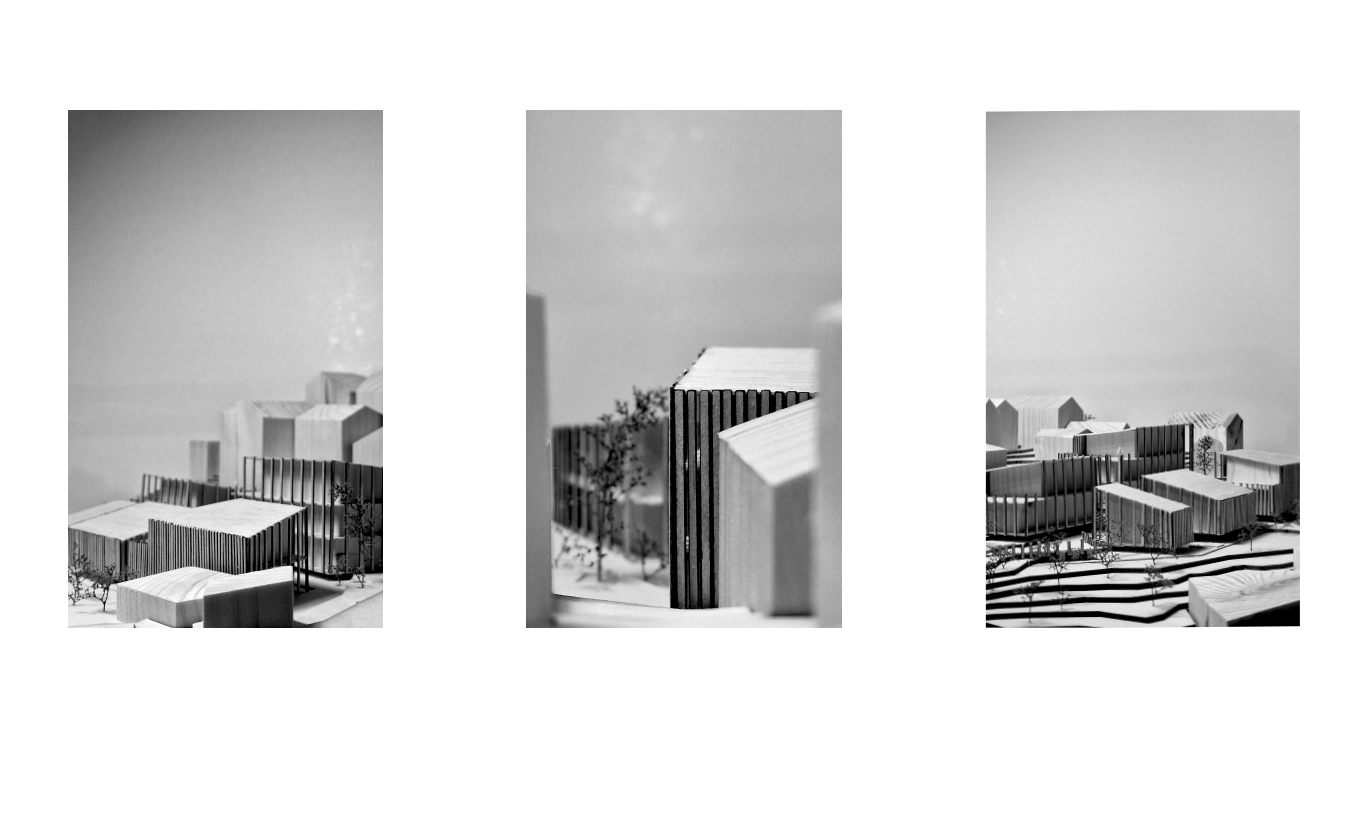
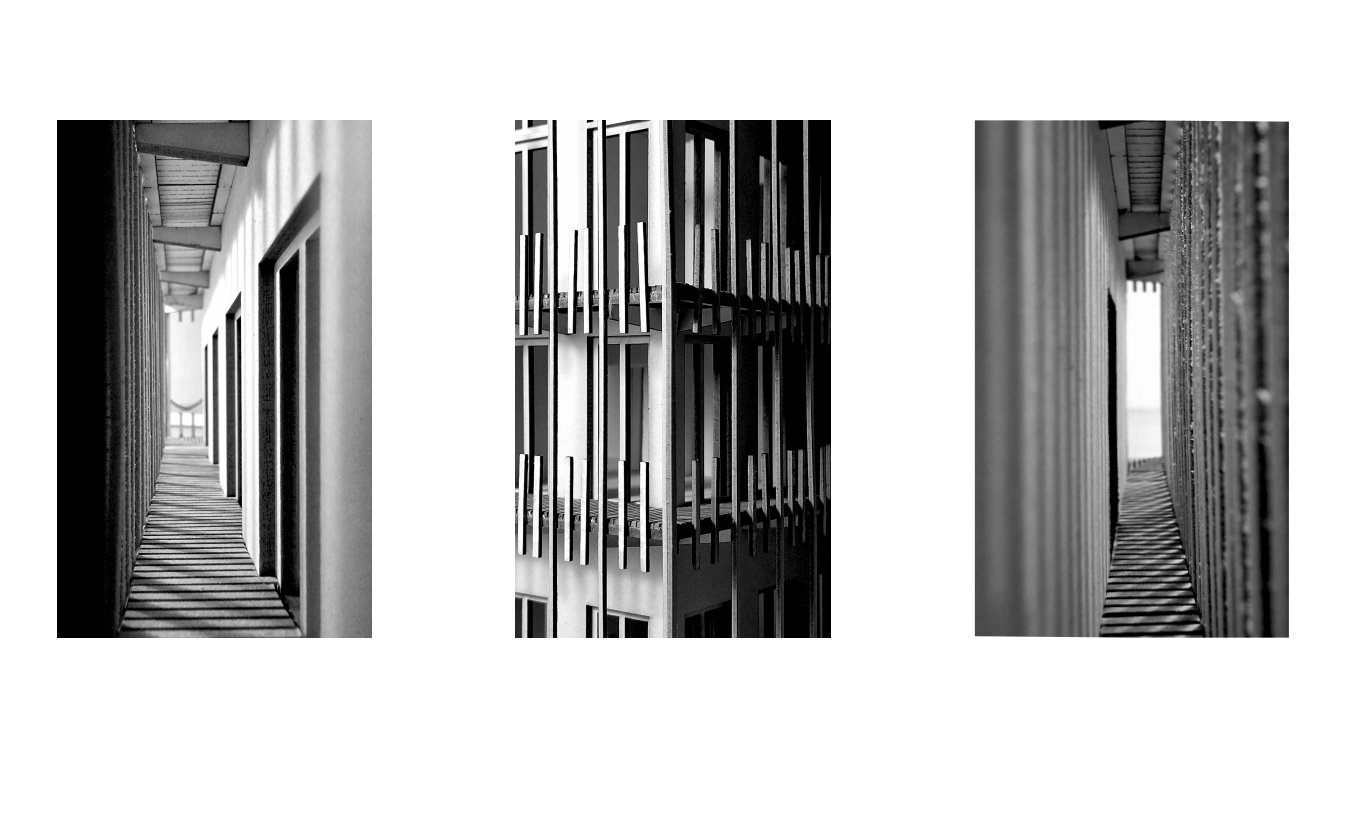
Village in Village
Found place
Valendas is a small mountain village and situated on a terrace in the Safiental valley on the edge of the Rhine. The village benefits from the extremely natural environment and is strongly influenced by its topography. The scattered settlement basically features patrician/family houses, farms and some special buildings, while also being maintained by typical wells (the largest in Europe in the village center). The core experiences the greatest density and scatters outward. The ridge direction remains undetermined and shows different directions, with mainly gable roofs characterizing the roofscape. Mainly local materials are used, e.g. limestone, pine and constructions, e.g. log/post construction. The current migration is noticeable everywhere and especially in the now empty core, which is why it is all the more important now to counteract the trend with any projects by involving the community and giving the property back to the village.
Design place
Place as a basis
The topography shapes the entire village image, the site occupies a part of the image and will also forge in with its grain, height difference and mediation between neighborhoods. To keep the found view of the northern horizon, a vista is created. Thus, the end, consequently the dimension of the plot is clear and the highlight remains to the entire village. Since the view to the west from the second floor goes over the existing building and ends at the horizon, the apartments are also directed to the west. For the choice of materials, the place becomes the origin.
Place of new interaction
The transition between the site and the bordering street is made through an open space. It draws the village onto the property and, thanks to a high quality of stay, is intended to serve as a place to stay. The warm and spacious welcome extends over any publicly accessible open spaces. These are intended not only for resting, but also for exhibiting art, etc.. In this way, the path can become the destination. The happenings in the public studios should already be visible from the street and arouse interest. The artist meets the residents meets the visitors, so the work spaces are developed transparently, but should be able to be darkened if necessary. With the expansion of the studios into multifunctional rooms with movable walls, something is given back to the village. A kind of forum that can be used for trainings, events, meetings, etc. An asset to the village. This area of gathering, work, public life is thermally separated from the private area where only residents stay. Different groups of buildings thus allow smooth coexistence and additionally reinforce the separation between work and private. Thus, depending on the place of residence, each resident can focus it better on the particular area of his life.
Place quite flexible
For several years now, the demand for living in the countryside has been slowly increasing again. In order to satisfy as much demand as possible, a flexible structure should be established. A structure that can welcome different social groups / sizes at the same time, such as x-headed families, married couples, singles, seniors, tourists and maybe even students, who can use the place as a hostel. This flexibility should also be made possible in the area of working. Changeable sizes and number of workspaces cover various requirements, for artists, but also the village and beyond. The solution for this we find in the metabolic thought to build up/down and change. A structure that adapts and changes to the demand. This allows a clear grid and simple floor plan in combination with modular thinking. Modules that join together and offer larger apartments, others which remain separate and offer smaller ones. One space that can be divided into 4 with retractable walls. People do not have to adapt to the space, but can customize it.
New place
The new place includes 5 buildings of different sizes with diverse height differences and the same concept for a variously unified appearance. The focus is placed on the center, where a public passageway separates the 2 east-facing residential buildings from the 3 west-facing studios. The passageway also serves as a connection between all the buildings and creates a high quality of stay and exhibition. The buildings stand freely on stilts and only ever connect to the topography on the eastern side. In addition to the small footprint, access is also found quickly in this way. For the studios, it is directly via the public path, while for the community and living spaces, it must be left, creating a smooth transition between private and public, or living and working. Looking more comprehensively at the topography, it becomes clear that the site is located on an intersection of two directions. Considering this structure creates a cone-like tapering and widening. As if through a telescope, the viewer glimpses the horizon and is attracted deeper onto the site, where the view and access of the studios is free of barriers, allowing the concentration to drift away from the residential buildings. The destination encloses a generous, polyvalently usable viewing platform. From here, the user is free to choose whether to turn back to his primary path or to leave the site with the second path. The studios orient themselves differently, creating an interesting diversity of possible spaces. Each building is enclosed by a cold veranda, creating a covered transitional space between the interior and exterior. The exterior façade characterizes the overall appearance of the new place. Simple and effective construction with panels of local fir define by means of different distances the orientation of the buildings and determine the viewing area. In addition, the facade provides protection from external influences for the veranda and the inner facade. The construction is simple and can be quickly renewed or even changed. Due to an east/west oriented course, the center becomes more and more important. This also plays into the interior use of all buildings. While the necessary rooms are inserted to the outside in a gap, the important uses like community or work rooms are oriented to the center. Overall, the buildings are kept very simple and clear. In order to oppose the capitalist consumer society in the city and follow the honest happiness of living in the countryside, minimalist and purist thoughts from Japanese village culture are adopted. In particular, simplicity and necessity are emphasized in the apartments. The previously mentioned priorities are adopted and tightened in the design.